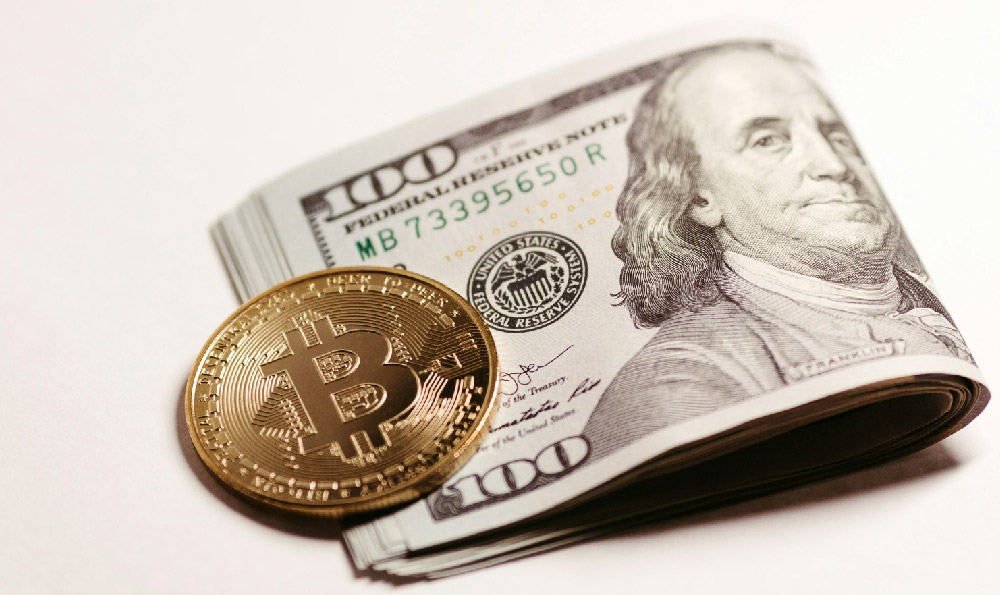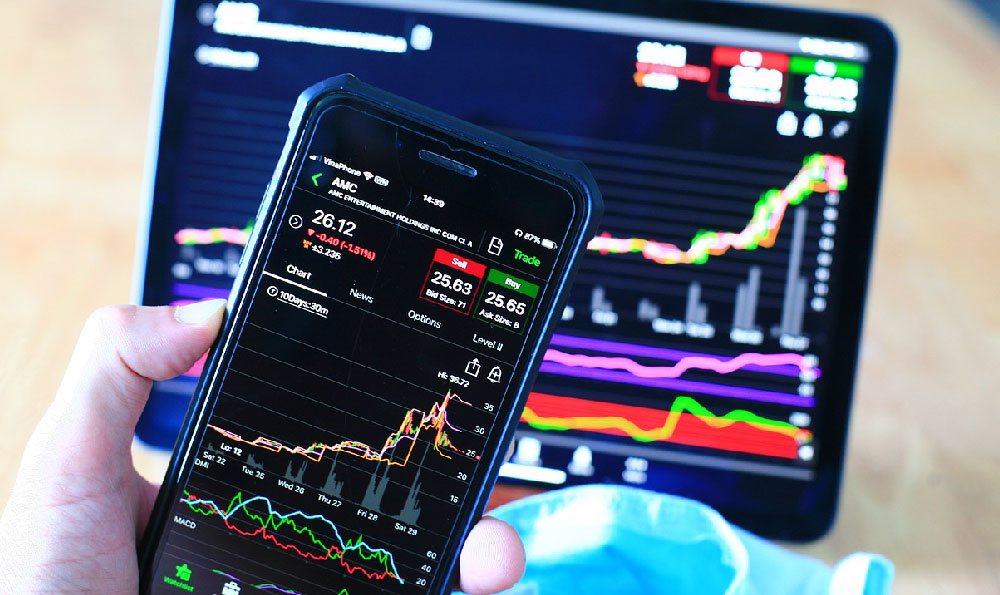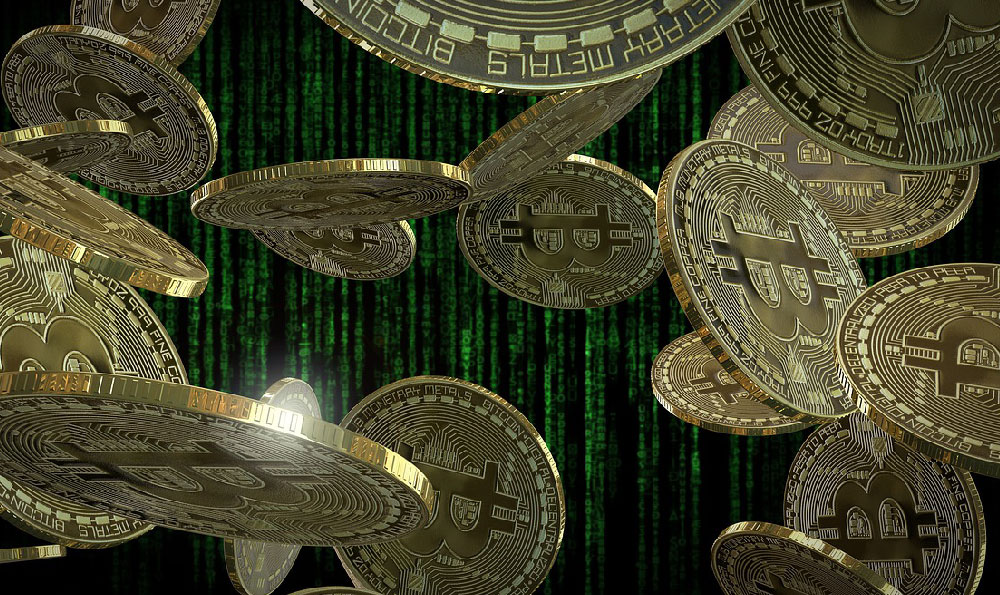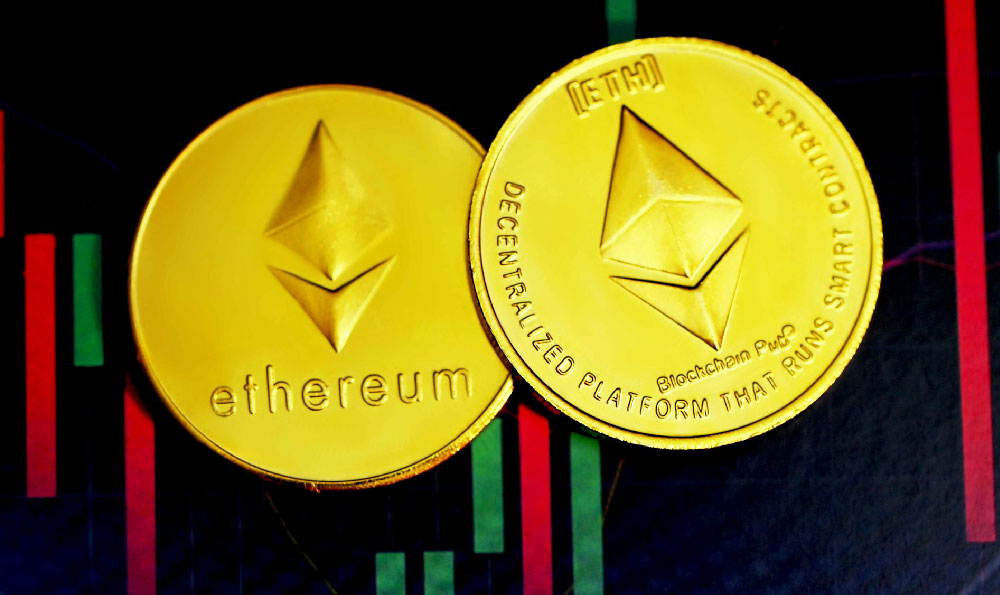Shiba Inu, the self-proclaimed “Dogecoin killer,” has captured the imagination of many in the cryptocurrency world. Its dramatic price swings have created both millionaires and cautionary tales. Whether or not it's a worthwhile investment is a complex question that requires a careful analysis of its origins, current market position, and potential risks. Before diving into the specifics, it’s crucial to understand that the cryptocurrency market is inherently volatile and investing in meme coins like Shiba Inu carries a significantly higher level of risk compared to traditional assets like stocks or bonds.
Shiba Inu originated as a meme coin, inspired by the success of Dogecoin. It was created anonymously in August 2020 by an individual or group using the pseudonym "Ryoshi." The project's whitepaper, often referred to as the "WoofPaper," outlines its ambition to be more than just a joke coin, aiming to build a decentralized ecosystem with its own decentralized exchange (DEX), ShibaSwap, and other related projects.
The allure of Shiba Inu lies, in part, in its low price and the potential for exponential gains. Many investors were drawn in by the hope of replicating Dogecoin's meteoric rise. However, this low price is also a reflection of the vast supply of Shiba Inu tokens, which initially stood at one quadrillion. This massive supply dilutes the value of each token and makes significant price increases more challenging to achieve. While a substantial portion of the supply was initially sent to Vitalik Buterin, the co-founder of Ethereum, he later burned a large amount of these tokens and donated the remainder to charity, reducing the circulating supply and providing some initial boost to the price.

One of the key aspects to consider is the Shiba Inu ecosystem. The development team has been actively working on expanding the ecosystem beyond just a meme coin. ShibaSwap allows users to stake their Shiba Inu tokens, provide liquidity, and earn rewards in the form of other tokens like BONE and LEASH. This adds some utility to the token and encourages long-term holding. The ecosystem also includes a metaverse project called "Shibaverse" and a collectible card game called "Shiba Eternity," aiming to further diversify its offerings and appeal to a wider audience. These developments are attempts to move beyond the "meme coin" label and establish Shiba Inu as a more legitimate and sustainable cryptocurrency project.
However, despite these efforts, Shiba Inu still faces significant challenges. One of the primary concerns is its reliance on hype and social media sentiment. Its price is highly susceptible to viral trends and influencer endorsements, which can lead to unsustainable pumps and dumps. This makes it difficult to predict its future performance based on fundamental analysis alone. Unlike projects with clear revenue streams or established use cases, Shiba Inu's value is largely driven by speculation and community enthusiasm.
Another risk factor is the concentration of ownership. A significant portion of Shiba Inu tokens is held by a relatively small number of wallets. This concentration of wealth makes the token vulnerable to manipulation by large holders, who can potentially trigger massive sell-offs that negatively impact the price. While the team has taken steps to address this issue, it remains a concern for potential investors.
Furthermore, the cryptocurrency market is becoming increasingly competitive, with new projects emerging constantly. Shiba Inu must continue to innovate and differentiate itself to maintain its relevance and attract new users. While the development team has been actively working on new features and projects, there is no guarantee that these efforts will be successful.
In terms of potential upside, the continued growth of the Shiba Inu ecosystem, particularly the success of ShibaSwap and the metaverse project, could drive demand for the token and increase its value. If the project can successfully establish itself as a major player in the decentralized finance (DeFi) and metaverse spaces, it could potentially attract a wider range of investors and achieve sustainable growth. The upcoming Shibarium layer-2 scaling solution for Ethereum, designed to lower transaction fees and increase speed, could also significantly improve the user experience and attract more users to the Shiba Inu ecosystem.
So, should you invest in Shiba Inu? The answer depends on your risk tolerance, investment goals, and understanding of the cryptocurrency market. If you are a risk-averse investor looking for stable and predictable returns, Shiba Inu is likely not a suitable investment. Its high volatility and reliance on market sentiment make it a speculative asset with a high potential for losses.
However, if you are a risk-tolerant investor who is comfortable with the possibility of losing your investment, and you believe in the potential of the Shiba Inu ecosystem, you might consider allocating a small portion of your portfolio to Shiba Inu. It's crucial to conduct thorough research, understand the risks involved, and only invest what you can afford to lose. Diversification is key in any investment strategy, and it's especially important in the cryptocurrency market. Don't put all your eggs in one basket, especially when that basket is a meme coin.
Ultimately, Shiba Inu is a high-risk, high-reward investment. Its future is uncertain, and its success depends on a variety of factors, including the continued development of its ecosystem, the overall market sentiment towards cryptocurrencies, and its ability to compete with other meme coins and DeFi projects. A well-informed and cautious approach is essential when considering an investment in Shiba Inu or any other cryptocurrency.












